Rising Healthcare Expenditure
In South America, the advanced wound-therapy-devices market is influenced by rising healthcare expenditure. Governments and private sectors are investing more in healthcare infrastructure, which includes advanced wound care technologies. Recent reports indicate that healthcare spending in several South American countries has increased by approximately 5-7% annually. This trend is likely to enhance the availability and accessibility of advanced wound-therapy devices, as healthcare facilities upgrade their equipment and treatment options. Furthermore, increased funding for healthcare initiatives may lead to better training for healthcare professionals in utilizing these advanced devices, thereby improving patient outcomes. As a result, the advanced wound-therapy-devices market is poised for growth, driven by enhanced healthcare investments.
Increase in Diabetes Prevalence
The advanced wound-therapy-devices market in South America is significantly impacted by the rising prevalence of diabetes. As the number of individuals diagnosed with diabetes continues to grow, the incidence of diabetic foot ulcers and other related wounds is also on the rise. Recent statistics suggest that approximately 10% of the adult population in South America is living with diabetes, a figure that is expected to increase. This growing patient population necessitates effective wound management solutions, thereby driving demand for advanced wound-therapy devices. Healthcare systems are likely to prioritize the development and implementation of specialized wound care protocols to address the needs of diabetic patients. Consequently, the advanced wound-therapy-devices market is anticipated to expand in response to this pressing healthcare challenge.
Increasing Geriatric Population
The advanced wound-therapy-devices market in South America is likely to experience growth due to the increasing geriatric population. As individuals age, they become more susceptible to chronic wounds, such as diabetic ulcers and pressure sores. According to demographic data, the population aged 65 and older is projected to rise significantly, potentially reaching 15% of the total population by 2030. This demographic shift necessitates enhanced wound care solutions, driving demand for advanced wound-therapy devices. Healthcare providers are increasingly focusing on specialized treatments tailored to the needs of older patients, which may lead to a surge in the adoption of innovative wound care technologies. Consequently, the advanced wound-therapy-devices market is expected to expand as healthcare systems adapt to meet the needs of this growing segment.
Technological Innovations in Healthcare
Technological innovations are playing a crucial role in shaping the advanced wound-therapy-devices market in South America. The introduction of smart wound dressings, negative pressure wound therapy, and bioengineered skin substitutes are revolutionizing wound management. These innovations not only improve healing times but also enhance patient comfort and reduce the risk of infections. The market for advanced wound-therapy devices is projected to grow at a CAGR of around 8% over the next five years, driven by these technological advancements. As healthcare providers increasingly adopt these cutting-edge solutions, the overall quality of wound care is likely to improve, leading to better patient outcomes. This trend indicates a promising future for the advanced wound-therapy-devices market as it adapts to incorporate new technologies.
Growing Awareness of Advanced Wound Care
The advanced wound-therapy-devices market in South America is benefiting from a growing awareness of advanced wound care among healthcare professionals and patients. Educational campaigns and training programs are being implemented to inform stakeholders about the benefits of advanced wound-therapy devices. This increased awareness is likely to lead to higher adoption rates of these technologies in clinical settings. Moreover, as patients become more informed about their treatment options, they may actively seek advanced wound care solutions, further driving market growth. The emphasis on evidence-based practices in wound management is also contributing to the acceptance of advanced therapies, which may enhance the overall effectiveness of wound care. Consequently, the advanced wound-therapy-devices market is expected to expand as awareness continues to rise.


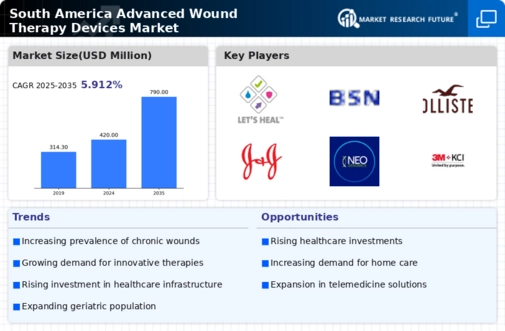


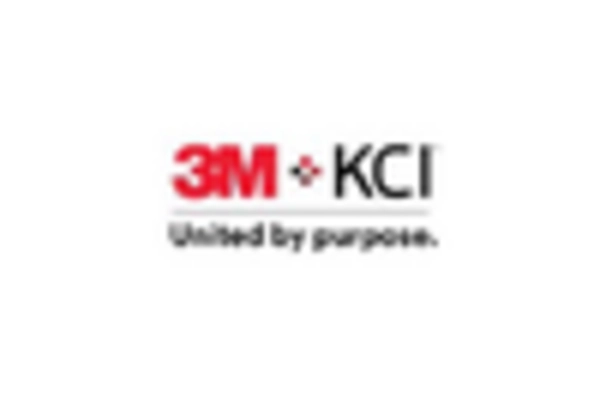
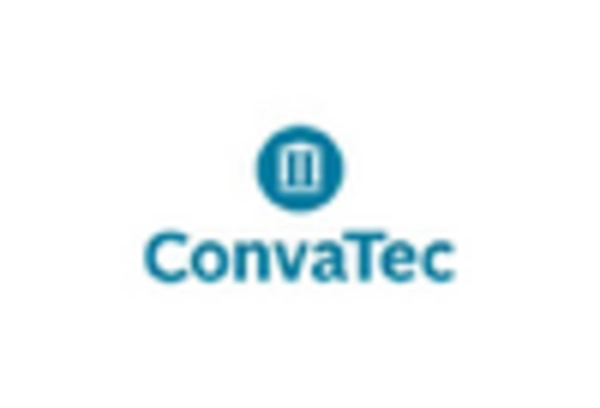
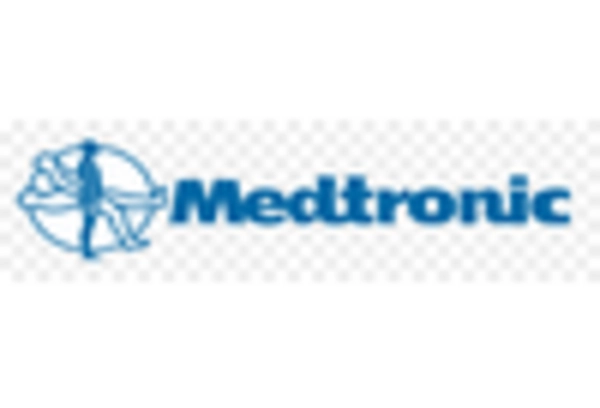
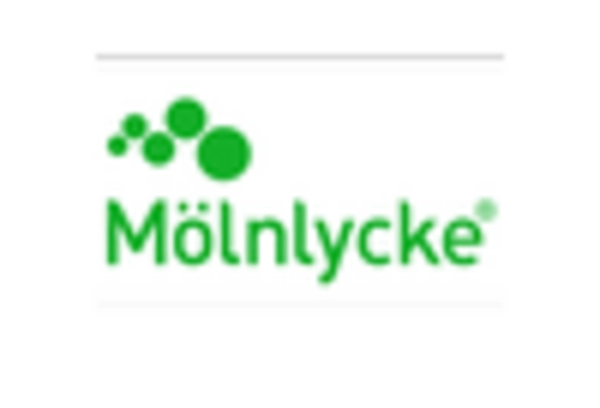









Leave a Comment